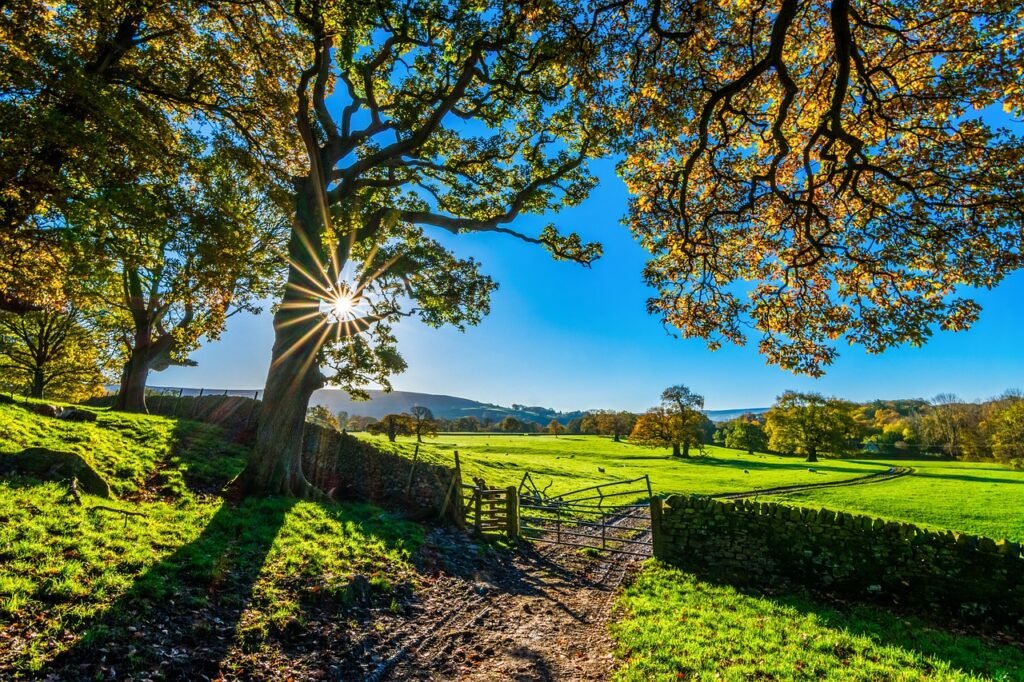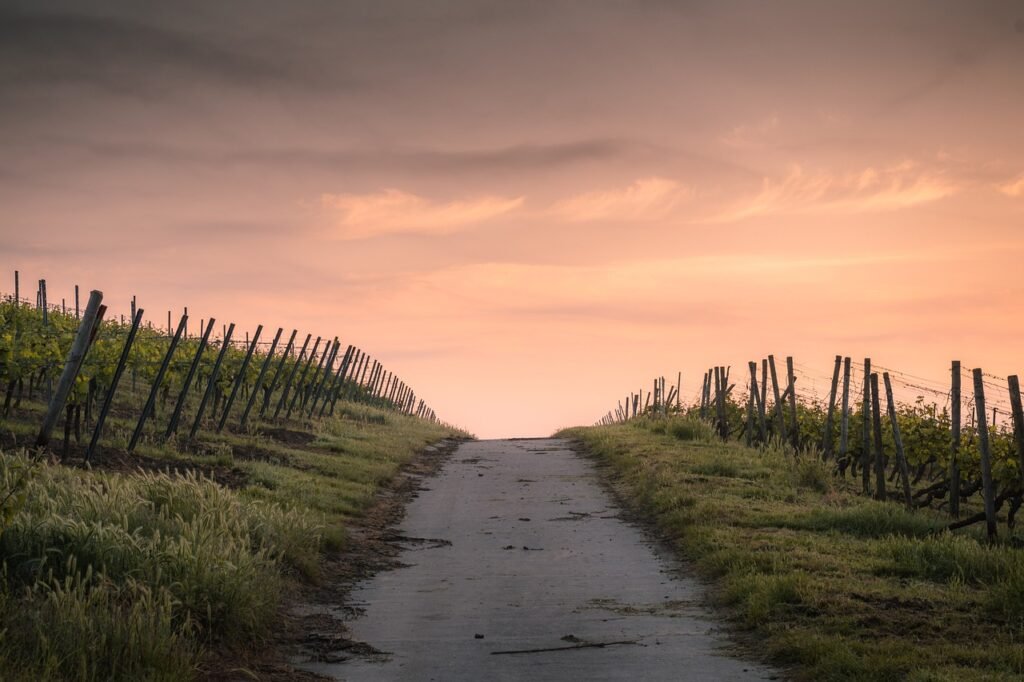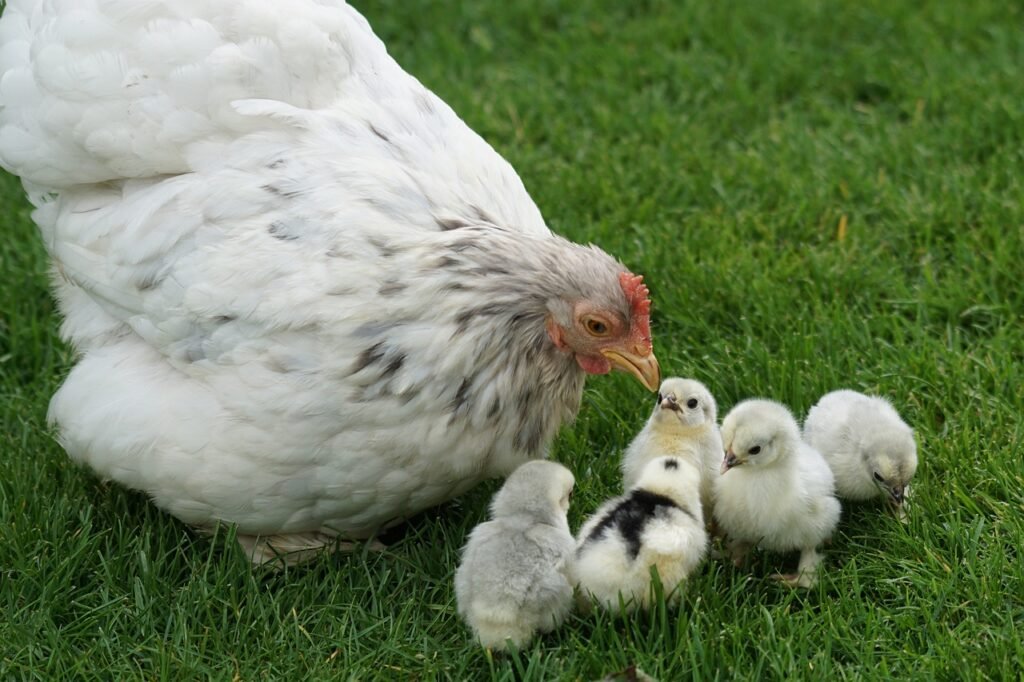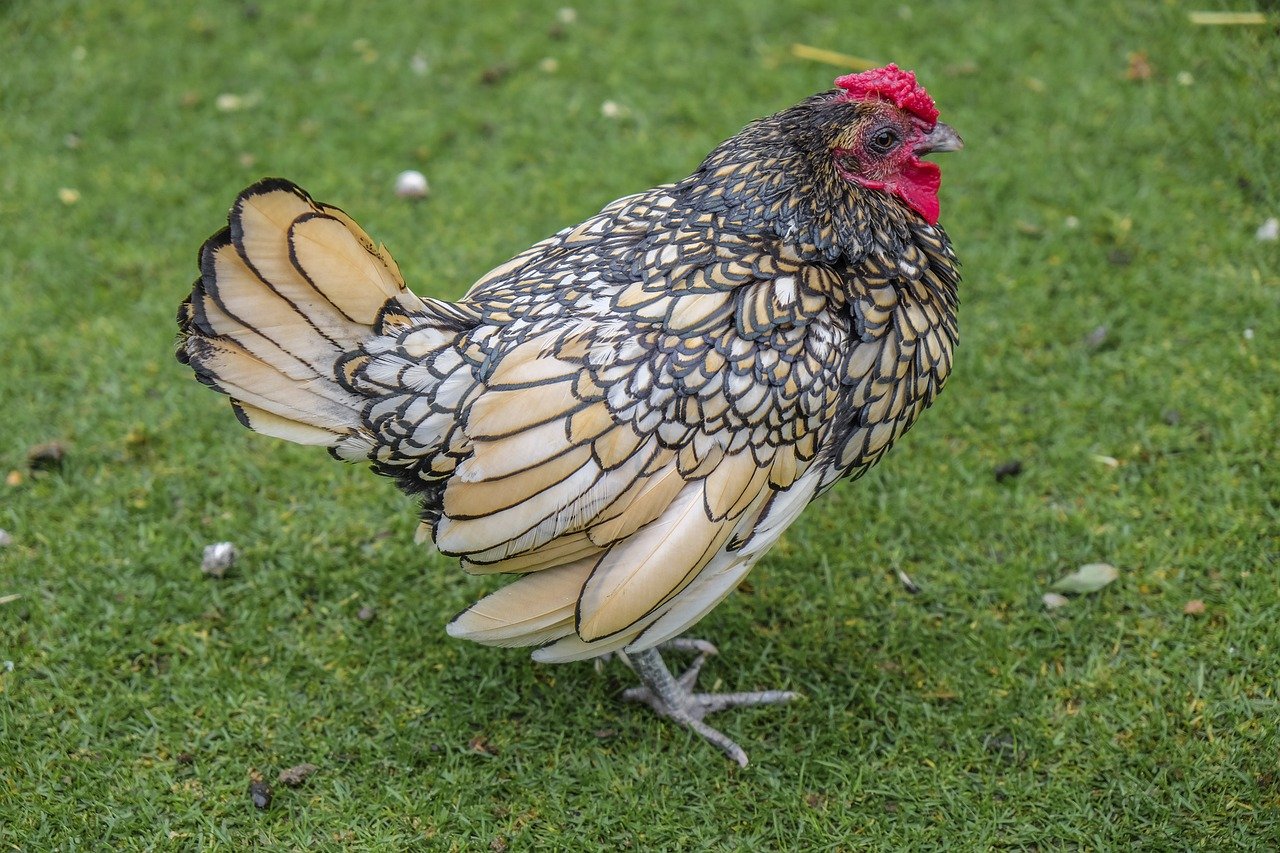
Intro
Homesteading has become an increasingly popular lifestyle for those who are looking to live a self-sufficient and sustainable life. Homesteading involves living off the land and producing your own food, energy, and other resources. In this blog post, we will provide a comprehensive guide for beginners who are interested in starting their own homestead.
The Definition of Homesteading

Homesteading is a lifestyle that involves living off the land and producing your own food, energy, and other resources. This can include growing your own vegetables, raising livestock, using renewable energy sources such as solar or wind power, and using natural materials for construction and other projects. Homesteading is often associated with self-sufficiency and living a simple and sustainable life.
At its core, homesteading is about returning to a more traditional way of living, where people rely on the resources around them and work with their own two hands to create a life that is meaningful and fulfilling. Homesteaders often prioritize a connection to the land and to their community, seeking to live in harmony with the natural world rather than trying to dominate or exploit it.
While homesteading can look different for everyone, it typically involves a commitment to reducing one’s dependence on mainstream society and its systems. This can mean everything from producing your own food to creating your own energy to building your own home from natural materials. Homesteaders also tend to value simplicity and minimalism, recognizing that living a life that is in tune with nature often means living with less.
Overall, homesteading is a way of life that prioritizes self-sufficiency, sustainability, and a connection to the land. While it can be challenging at times, it is also incredibly rewarding, allowing individuals and families to create a life that is uniquely their own and in harmony with the natural world.
Reasons for Choosing a Homesteading Lifestyle

There are numerous reasons why people choose to start a homestead. One of the primary reasons is a desire for self-sufficiency. Homesteaders prioritize producing their own food, energy, and resources, reducing their dependence on mainstream society and its systems. This provides a sense of security and empowerment that is hard to replicate in other lifestyles.
Another reason for choosing a homesteading lifestyle is the desire to live a more sustainable and eco-friendly life. By growing their own food and using renewable energy sources, homesteaders can drastically reduce their carbon footprint and contribute to a more sustainable future.
Many people also choose to homestead because they want to connect with nature and the land. By living in harmony with the natural world, homesteaders gain a deeper appreciation for the environment and can foster a greater sense of respect and responsibility towards it.
Additionally, homesteading can be an excellent way to reduce living expenses. By producing their own food and energy, homesteaders can save money on groceries and utility bills, while also reducing their overall consumption.
Finally, homesteading can provide a sense of fulfillment and purpose that is hard to find in other lifestyles. By working with their hands to produce their own resources, homesteaders gain a greater sense of autonomy and self-sufficiency. Homesteading can also provide a greater sense of community, as like-minded individuals come together to support each other and share their skills and resources.
In summary, there are many reasons why people choose to start a homestead, from a desire for self-sufficiency to a desire to connect with nature and the land. While homesteading can be challenging at times, it can also be incredibly rewarding, providing a sense of fulfillment, purpose, and community that is hard to find elsewhere.
How to Start a Homestead from Scratch

Starting a homestead from scratch can seem like a daunting task, but with some planning and hard work, it is definitely achievable. The first step is to decide on the location for your homestead. Consider factors such as climate, soil quality, and access to resources like water and wood. You may also want to think about proximity to town or cities and the availability of supplies and equipment.
Once you have a location in mind, it’s time to start planning the layout of your homestead. This will involve deciding where to build your house, barns, and other structures, as well as where to plant your crops and raise your animals. You will also need to plan for things like water storage, irrigation systems, and composting.
After you have a plan in place, it’s time to start building. This will involve everything from clearing land and digging wells to constructing buildings and fencing in pastures. Depending on your skills and resources, you may need to hire contractors or recruit help from friends and family.
When it comes to animals on a homestead, it’s important to choose species that are well-suited to your climate and that can provide the resources you need. This might include chickens for eggs, goats for milk and cheese, and pigs for meat. You will also need to plan for their housing, feeding, and health care needs.
Growing your own food is a crucial component of homesteading. Start by planning out your garden and choosing crops that are well-suited to your climate and soil conditions. Consider things like crop rotation, companion planting, and natural pest control methods. You may also want to look into preserving your harvest through canning, drying, and freezing.
Overall, starting a homestead from scratch requires careful planning, hard work, and a willingness to learn and adapt. A great guide to learn more about essential skills for homesteading is at Homesteading Tips 101. But for those who are committed to living a self-sufficient and sustainable life, it can be an incredibly rewarding and fulfilling way of life.
Legal Considerations When Starting a Homestead

Before embarking on a homesteading journey, it is important to consider any legal requirements that may come with it. Some states have laws and regulations that govern what can and cannot be done on a homestead, including zoning laws, building codes, and permits for certain activities.
Zoning laws dictate what type of activities can be carried out on a given plot of land. They may restrict the number of animals that can be kept or the type of structures that can be built. Building codes regulate the construction of buildings, and homesteaders will need to ensure that any structures they build comply with these codes.
Additionally, homesteaders may need to obtain permits for certain activities. For example, drilling a well or installing a septic system may require a permit. Similarly, setting up renewable energy systems may require permits and inspections.
It is important to research and comply with these laws and regulations to avoid any legal issues down the line. Failure to do so could result in fines, penalties, or even the forced removal of structures or animals.
While legal considerations may seem daunting, it is important to remember that they exist to ensure the safety and well-being of the homesteader and their community. By following these regulations, homesteaders can enjoy their lifestyle without putting themselves or others at risk.
It may be helpful to consult with a lawyer or local government agency to ensure that all legal requirements are met before starting a homestead. By taking the time to understand and comply with the law, homesteaders can set themselves up for success and avoid any legal issues that may arise.
Essential Tools for Homesteading

Homesteading requires a variety of tools and equipment to produce food, energy, and other resources. Some essential tools for homesteading include:
1. Garden Tools: Shovels, hoes, rakes, and other garden tools are essential for preparing soil, planting seeds, and maintaining crops. A good set of garden tools will make the work easier and more efficient.
2. Hand Tools: Hand tools like saws, hammers, and screwdrivers are necessary for building structures, repairing equipment, and completing other projects around the homestead. Investing in high-quality hand tools will save time and money in the long run.
3. Livestock Equipment: If you plan on raising animals, you will need equipment like fencing, watering systems, and feeders. Depending on the species you choose, you may also need specialized equipment like milkers, shears, or beekeeping supplies.
4. Power Tools: Power tools like chainsaws, drills, and saws can make certain tasks much easier and faster. However, they can also be expensive and potentially dangerous, so it is important to use them safely and responsibly.
5. Renewable Energy Systems: Homesteaders who want to use renewable energy sources like solar or wind power will need to invest in equipment like solar panels, batteries, and inverters. While this can be a significant investment upfront, it can save money on energy bills in the long run.
6. Food Preservation Equipment: Homesteaders who grow their own food will need equipment for preserving their harvest, such as canning jars, dehydrators, and freezers. This will help ensure a steady supply of food throughout the year and reduce waste.
Having the right tools and equipment is essential for homesteading success. While some tools may be expensive, investing in high-quality equipment will save time and money in the long run. Homesteaders should also prioritize safety and responsible use of tools and equipment to avoid accidents or injuries. A great guide to learn
Overcoming Challenges in Homesteading

Homesteading can come with its own set of challenges that can make the lifestyle difficult at times. One challenge that homesteaders often face is dealing with pests and predators, such as rodents, insects, and larger animals like coyotes or bears. Homesteaders will need to develop strategies for protecting their crops and livestock, such as using natural pest control methods, fencing, and traps.
Inclement weather can also pose a challenge for homesteaders, as extreme temperatures, drought, or heavy rains can impact crops and animals. Homesteaders will need to plan for these conditions and take steps to protect their resources. This might include using irrigation systems, planting drought-resistant crops, or building shelters for animals.
Homesteading is also physically demanding, and homesteaders may experience fatigue, injuries, or other health issues as a result of farm work. It is important to take care of one’s body and to prioritize self-care, such as stretching, taking breaks, and getting enough rest.
Finally, homesteading can be isolating at times, as homesteaders often live in rural areas and may not have access to the same social opportunities as those in urban or suburban areas. It is important to stay connected to the broader community and to seek out opportunities for socialization and support.
While these challenges may seem daunting, it is important to remember that they are part of the homesteading experience. Homesteaders should remain flexible, adaptable, and open to learning new skills and strategies for overcoming challenges. By doing so, homesteaders can enjoy the many rewards of homesteading, including a sense of self-sufficiency, connection to the land, and fulfillment.
The Rewards of Homesteading

Homesteading is a fulfilling lifestyle that comes with numerous rewards. One of the most significant rewards is the sense of self-sufficiency that comes with producing one’s own food and resources. Homesteaders can enjoy the satisfaction of providing for themselves and their families, reducing their dependence on mainstream society and its systems.
In addition to self-sufficiency, homesteading also provides a sense of connection to the land and the natural world. Homesteaders often prioritize sustainability and eco-friendliness, working to minimize their impact on the environment and to live in harmony with nature. This can provide a sense of fulfillment and purpose that is hard to find in other lifestyles.
Homesteading can also be an excellent way to save money on living expenses. By growing their own food and using renewable energy sources, homesteaders can reduce their grocery bills and utility costs, while also potentially earning money by selling excess produce or livestock.
Finally, homesteading can provide a sense of community and belonging. Homesteaders often come together to share resources, skills, and support, building strong relationships with like-minded individuals. This sense of community can be particularly important for those who live in rural areas and may not have access to the same social opportunities as those in urban or suburban areas.
Overall, homesteading is a lifestyle that offers numerous rewards, including self-sufficiency, connection to the land, eco-friendliness, cost savings, and community. While it can be challenging at times, the rewards of homesteading make it a fulfilling and worthwhile lifestyle choice for many.





I like this site very much, Its a rattling nice berth to read and get info.Leadership
Thank you! Gardening and homesteading has been a passion of mine for many years.